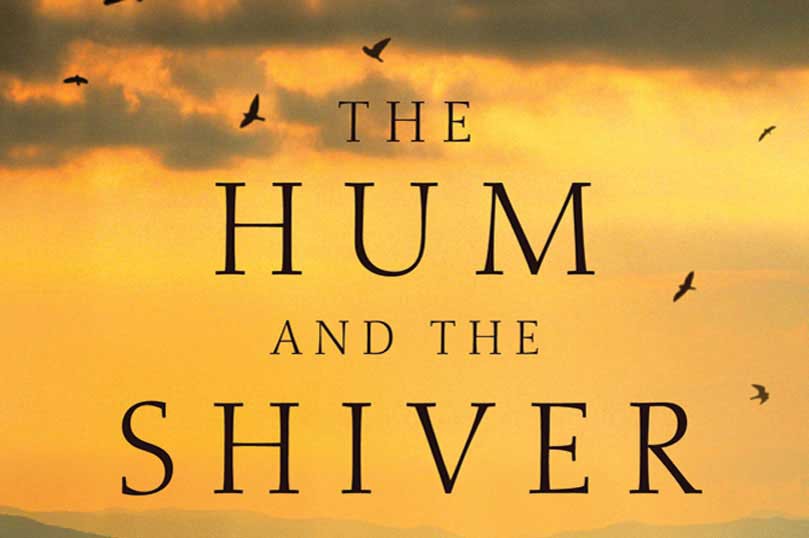Jekyll and Hyde, Now and Forever

By Alex Bledsoe
I recently read Kevin MacNeil’s jaunty novel A Method Actor’s Guide to Jekyll and Hyde, and it got me thinking about the many variations of Robert Louis Stevenson’s classic good/evil dichotomy. More specifically, why do we ascribe all the powerful qualities—strength, determination, even enjoyment—to the evil side of our natures? Why is good depicted as weak and helpless?
Random example: the Star Trek (TOS) episode “The Enemy Within,” in which a transporter accident splits Kirk into two beings. All-good Kirk is morose and helpless to make even the simplest decision, while all-bad Kirk, grinning and laughing, tries to date-rape Yeoman Rand.
We see it in most other kinds of stories, too, and especially in the genres of SF and fantasy. The hero is weaker, less powerful, seemingly less intelligent than the villain. Often for the hero to succeed, the villain has to make an egregious mistake tied to his supreme overconfidence. This goes back to the idea that we, as readers/viewers, will only identify with the underdog. So naturally if a character is split into good and evil, the “good” half will be the weaker.
In Fight Club, the idea that anyone is special is ridiculed: “You are not a beautiful or unique snowflake.” But villains, i.e. the bad side of our nature, are. They are unique in their conduct, often in their appearance, and certainly in their achievements. Conversely, heroes are Everyman, usually not even interested in heroics until some egregious Bad Thing happens. You see this in the origin stories of many heroes, especially super ones (i.e., Batman’s murdered parents, the destruction of Krypton, etc.).
There have been exceptions. For a brief period in the 80s, the idea of the “hero” was embodied by Schwarzenegger, Stallone, Van Damme, and Segal. These were big, strong, tough men who were not weak, and since no one villain could stand up to them, the filmmakers compensated by sending herds of disposable minions for these men to break. But these films, for the most part, have not stood the test of time. They’ve become artifacts of their era rather than tales that speak to new generations.
So why do so many creators make good weak and evil strong? Why do we as content consumers crave that?
I have no real answer. I could get into religion (Christianity’s “turn the other cheek”), philosophy (Nietzsche’s concept of the “Ubermensch”), psychology (Freud’s concept of the “id,” given genre expression in the classic Forbidden Planet), even current events (the threat of terrorism makes everyone feel weak and helpless). The analysis has no end. And maybe it shouldn’t. Maybe the power of the idea is simply in the comprehending of it.
Whatever the origin, the ultimate expression of this idea comes from the Scots genius Robert Louis Stevenson. The irony is that the story behind the “Jekyll and Hyde” trope isn’t quite what it’s become in the public consciousness: Edward Hyde may be all bad, but the potion that releases him doesn’t make Henry Jekyll all good. Still, even Stevenson accepted the most basic idea of good vs. evil: that evil gets to have all the fun.
………………………
 Alex Blesdoe’s upcoming new book, The Hum and the Shiver, goes on sale September 27.
Alex Blesdoe’s upcoming new book, The Hum and the Shiver, goes on sale September 27.
About the book: No one knows where the Tufa came from, or how they ended up in the Smoky Mountains of East Tennessee, yet when the first Europeans arrived, they were already there. Dark-haired, enigmatic, and suspicious of outsiders, the Tufa live quiet lives in the hills and valleys of Cloud County. While their origins may be lost to history, there are clues in their music—hints of their true nature buried in the songs they have passed down for generations.
…………………………
From the Tor/Forge September newsletter. Sign up to receive our newsletter via email.
…………………………
More from our September newsletter:
- A chance meeting with the Card family leads to new manga series by Jason DeAngelis
- Beasts, Boy Scouts, and a Kitty Named Jacko by Bill Willingham
- Characters We Love To Hate by Joseph Nassise

